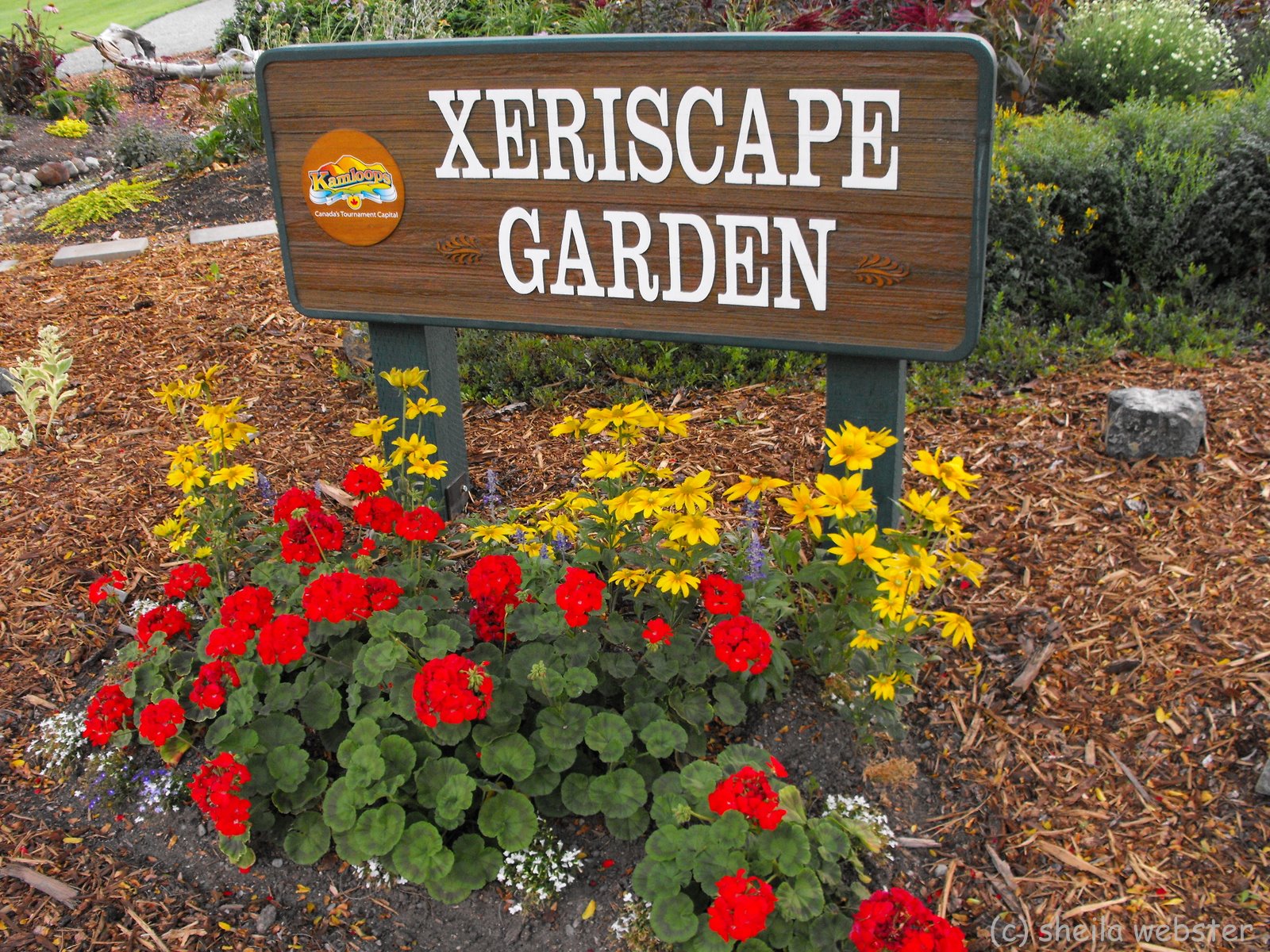According to the EPA, “as much as 50 percent of the water we use outdoors is wasted from inefficient watering methods and systems.” Fortunately, many homeowners are modifying their landscape techniques to reverse this trend. This type of water conscious landscaping is referred to as Xeriscaping. If you’re ready to venture into Xeriscaping, here are a few steps you can take to start saving water today.
Plant Selection
When possible, select native or drought tolerate plants for your yard. Native plants will thrive in your climate and require far less maintenance than non-native selections. If you decide to plant some of the more water guzzling varieties, group plants with similar water needs together. It’s also important to note that grass often requires more water than other landscaping choices. Depending on how you will use the area, other options such as ground covers, shrubs, patios or gravel, may be more viable.
Terrain
The slope or grade of your lawn should be considered when landscaping. Steep slopes lead to water runoff and waste. Ground cover plants are an excellent way to limit this waste. These plants grow low to the ground and spread by themselves, which also makes them perfect for slopes that are too steep for planting and mowing. Alternatively, terracing slopes will also slow runoff and allow more water to seep into the soil.
Trees
Trees do more than add beauty, they also provide much needed shade to otherwise severely exposed areas. It’s advisable to plant at least one tree in your yard, especially in areas with south and west exposure. The shade cast by the tree cools the soil in these areas and decreases evaporation. To properly water a transplant, create a donut shaped berm, as wide as the branches, around the tree with soil and mulch. Fill this area with water and let it slowly sink into the soil.
Mulching
Mulching reduces water waste by decreasing the soil temperature and protecting against wind exposure. Over time, organic mulches, such as straw, compost, wood chips and bark, are broken down and become part of the soil. This added organic content improves the aeration and water holding capacity of the soil. Though organic mulch provides rich components for the soil, inorganic mulch can be used if soil quality is not a concern. Woven fabric and fiber mats are preferable to plastic films. While both control weeds, fabrics and mats also allow the exchange of water and air needed by plant roots.







